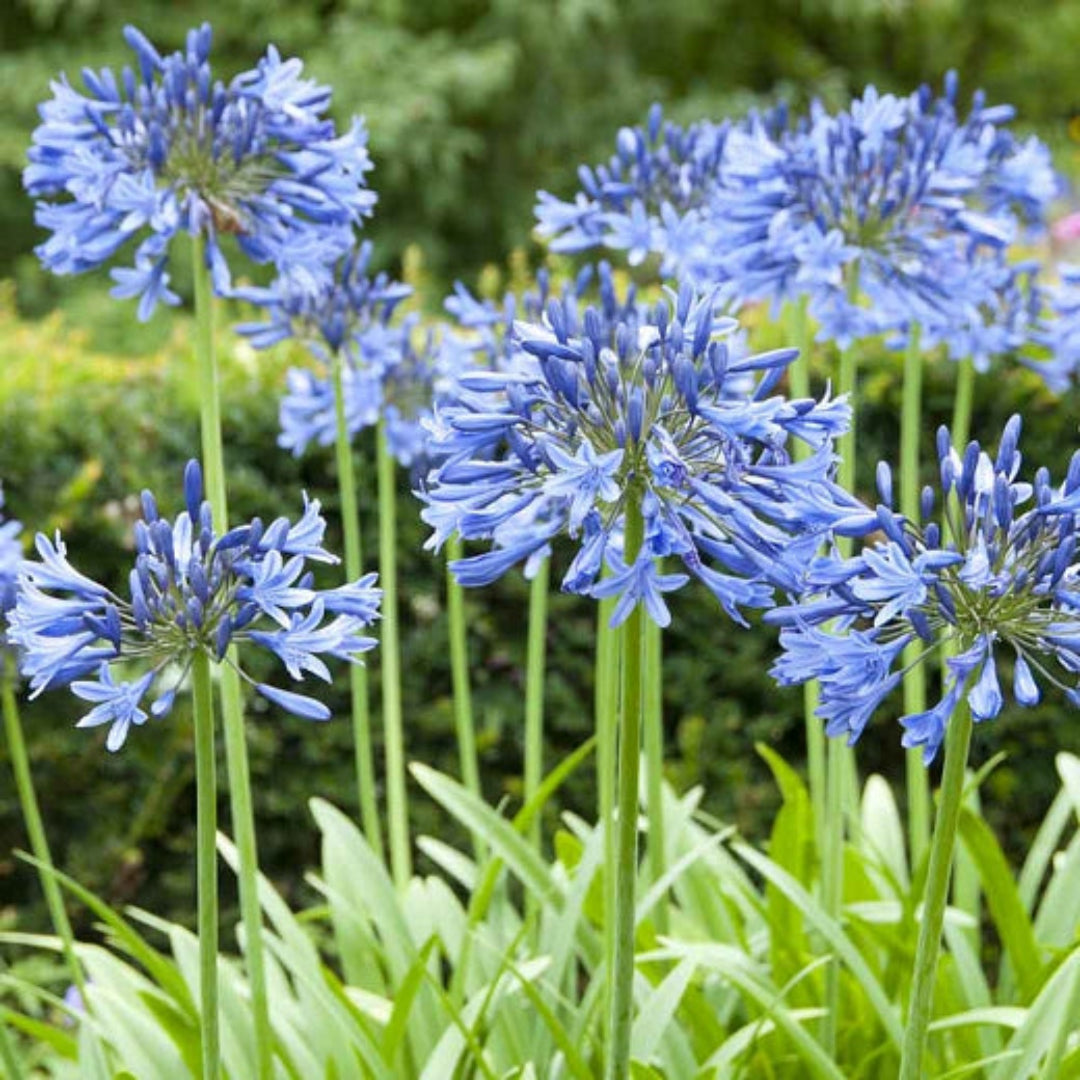Magnificent Agapanthus: Enhancing Your Garden's Elegance
Magnificent Agapanthus: Enhancing Your Garden's Elegance
Blog Article
Grasping the Art of Agapanthus Treatment: Vital Steps for Healthy And Balanced Growth and Dynamic Blossoms
In the realm of cultivation, the cultivation of agapanthus stands as a rewarding undertaking for those who look for to nurture these classy blooming plants. From choosing the appropriate range to grasping pruning techniques, the journey towards cultivating prospering agapanthus plants is multifaceted and holds the key to opening the full possibility of these botanical treasures.

Selecting the Right Agapanthus Selection

When selecting the best Agapanthus range for your yard, think about aspects such as climate suitability, bloom shade, and growth routine. Additionally, think about the climate in your region to ensure the Agapanthus selection you choose can grow in your specific conditions. Comprehending the growth habit of different Agapanthus selections is vital for appropriate placement within your garden.
Suitable Planting Conditions
Thinking about the optimal ecological needs is crucial for effective Agapanthus farming. Agapanthus plants are sensitive to cold temperatures and must be protected from frost throughout wintertime months.
To make sure healthy growth and vibrant blooms, plant Agapanthus bulbs at a depth of concerning 2-4 inches and area them 8-12 inches apart. Including raw material, such as garden compost, to the soil can boost water drainage and fertility, advertising robust root advancement. Mulching around the base of the plants aids preserve dampness and reduces weed growth. Routine watering is essential, specifically during the growing period, to maintain the soil regularly moist but not soaked.
Watering and Feeding Tips
Maintaining appropriate dampness degrees and supplying important nutrients are crucial elements in the care program for Agapanthus plants. It is vital to strike a balance when it comes to sprinkling Agapanthus. If overwatered, these plants like constantly wet dirt but are susceptible to root rot. Throughout the expanding season, water deeply once a week, making sure the dirt is well-draining to stop waterlogging. In hotter climates or during periods of dry spell, even more frequent watering may be required to keep the soil equally wet. Nevertheless, decrease watering in the wintertime to avoid water logged conditions.
Fertilizing Agapanthus is important for advertising healthy growth and respected blooms. Apply a balanced plant food, such as a 10-10-10 formula, link in the very early spring as new development emerges. By complying with these watering and feeding tips, you can ensure your Agapanthus plants prosper and create dynamic, durable blooms.
Pruning Methods for Agapanthus
Trimming Agapanthus plants at the ideal times and with proper techniques is essential for preserving their health and promoting optimal growth and flowering. The perfect time to prune Agapanthus is in late winter season or early spring before new development arises.
Deadheading spent flowers can additionally redirect the plant's energy into producing more blooms instead than setting seeds. If you want to accumulate seeds for breeding, leave some blossoms to fully grown and completely dry on the plant.
Bear in mind to use tidy, sharp devices to make accurate cuts and decrease the threat of presenting diseases. Agapanthus. Regular trimming will help maintain your Agapanthus looking healthy and balanced and neat while ensuring a plentiful display screen of stunning blooms
Dealing With Usual Bugs and Diseases
After guaranteeing appropriate pruning strategies for Agapanthus, it is crucial to resolve common pests and illness that can influence the health and wellness and vitality of these plants. One usual parasite that impacts Agapanthus is the Agapanthus gall midget.
Additionally, Agapanthus plants can this post suffer from origin rot if they are grown in badly draining dirt. By being watchful and taking timely activity against insects and diseases, you can aid your Agapanthus plants prosper and generate vivid flowers. Agapanthus.

Verdict
To conclude, mastering the art of agapanthus care entails selecting the right selection, giving excellent growing conditions, proper watering and content feeding, ideal trimming methods, and addressing common pests and conditions. By adhering to these necessary steps, you can ensure healthy and balanced development and dynamic blooms for your agapanthus plants. Bear in mind to consistently keep an eye on and maintain your plants to advertise their general well-being and longevity.
To make sure healthy growth and vivid flowers, plant Agapanthus bulbs at a deepness of about 2-4 inches and room them 8-12 inches apart. By complying with these watering and fertilizing tips, you can ensure your Agapanthus plants prosper and produce dynamic, long-lasting blossoms.
One common parasite that impacts Agapanthus is the Agapanthus gall midget. Furthermore, Agapanthus plants can suffer from root rot if they are grown in badly draining pipes soil. By adhering to these necessary steps, you can make sure healthy development and dynamic blossoms for your agapanthus plants.
Report this page